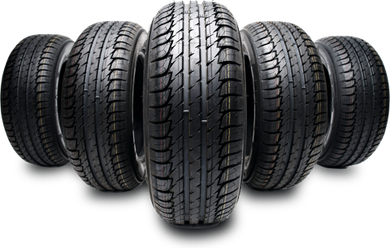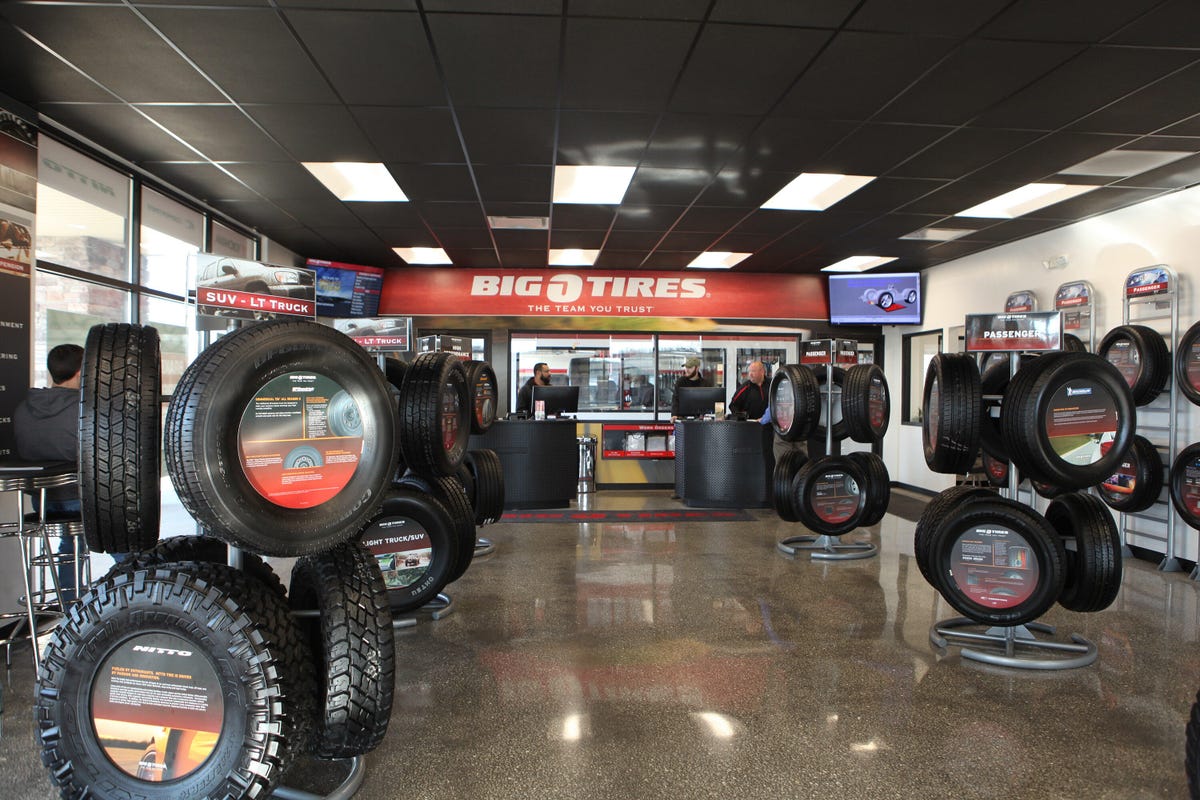Tire Solution: Recognizing Tire Pressure Tracking Systems
Comprehending Tire Stress Surveillance Solutions (TPMS) is an essential facet of maintaining optimum lorry efficiency and security on the road. With advancements in auto innovation, TPMS has become a standard function in modern-day lorries, supplying real-time information on tire pressure degrees.

Importance of TPMS
The value of Tire Pressure Surveillance Solutions (TPMS) lies in their capacity to improve automobile security and performance via real-time surveillance of tire stress levels. Keeping the right tire pressure is crucial for guaranteeing optimal handling, braking, and total security of a lorry. TPMS gives vehicle drivers with immediate feedback on any underinflated or overinflated tires, enabling prompt modifications to be made.
Parts of TPMS
Making up different crucial aspects, a Tire Pressure Tracking System (TPMS) works as a sophisticated safety and security feature in modern-day automobiles. The major components of a TPMS include sensors, a control module, and a warning sign. Sensing units are generally located in the tire valve stem or connected to the wheel setting up, where they measure tire stress and send information to the control component. The control component procedures this details and sets off a caution if it detects substantially low stress in any of the tires. The warning indicator, typically a symbol on the dashboard, informs the chauffeur to examine the affected tire or tires. Some progressed TPMS models additionally present the actual tire stress analyses for each and every tire, providing drivers with real-time info to guarantee optimal tire performance and safety. By keeping an eye on tire stress continually, TPMS aids prevent crashes, minimizes tire wear, and improves gas performance, making it a crucial part for automobile safety and efficiency.
Sorts Of TPMS

On the various other hand, indirect TPMS relies on the lorry's wheel rate sensors to monitor tire stress. This system detects underinflation by comparing the rotational speeds of the wheels. Indirect TPMS is much less pricey than straight TPMS, as it utilizes existing sensors within the automobile.
While straight TPMS provides much more precise readings, indirect TPMS is less complex in design and commonly requires much less maintenance. Both systems have their advantages and restrictions, and the selection between them often depends upon variables such as cost, vehicle make, and personal preference. Comprehending the distinctions between these two kinds of TPMS can help automobile proprietors make informed choices regarding tire maintenance and security.
TPMS Maintenance Tips
Effective maintenance of TPMS is important for making sure optimal efficiency and safety of your car. On a regular basis evaluating the TPMS sensors for any kind of damage or corrosion is critical. Guarantee that the sensors are clean and complimentary from debris that might disrupt their performance. Additionally, it is a good idea to examine the sensing unit batteries regularly and change them as needed to ensure exact readings. Conduct routine look at the tire pressure levels and compare them with the TPMS analyses to guarantee they are constant. sites Alter the system following the supplier's standards if there are any inconsistencies. Furthermore, during tire turning or replacement, see to it that the TPMS elements are handled carefully to stop any type of prospective damage. Lastly, if the TPMS cautioning light illuminates on the dashboard, resolve the problem promptly by inspecting the tire pressures and the total system for any faults. By sticking to these maintenance tips, you can prolong the life-span of your TPMS and boost the safety of your driving experience.
Advantages of Proper Tire Stress
Maintaining proper tire stress, as stressed in TPMS Upkeep Tips, is essential for gaining the various advantages linked with optimal tire stress levels. Furthermore, correct tire pressure guarantees also tire wear, prolonging the life-span of the tires and promoting much safer driving conditions. In conclusion, the advantages of correct tire stress go beyond simply tire durability; they include improved gas effectiveness, enhanced safety, better vehicle efficiency, and general driving comfort.
Conclusion
In conclusion, recognizing tire pressure surveillance systems (TPMS) is crucial for keeping ideal tire pressure and guaranteeing vehicle safety. By identifying the relevance of TPMS, knowing with its parts, understanding the different types available, adhering to correct maintenance pointers, and realizing the benefits of maintaining appropriate tire stress, chauffeurs can boost their driving experience and prolong the life expectancy of their tires. Correct tire stress is essential to risk-free and efficient lorry operation.
